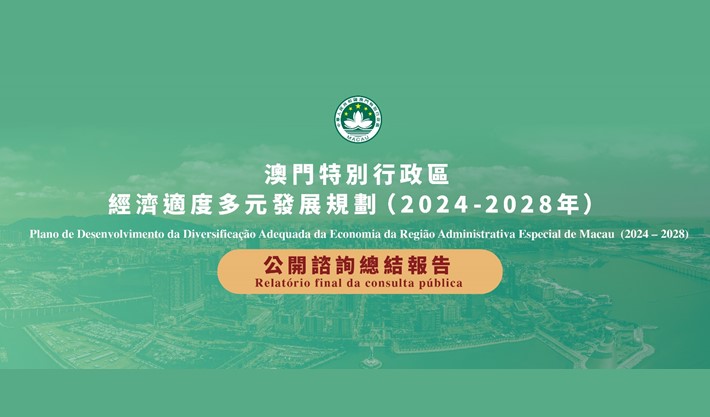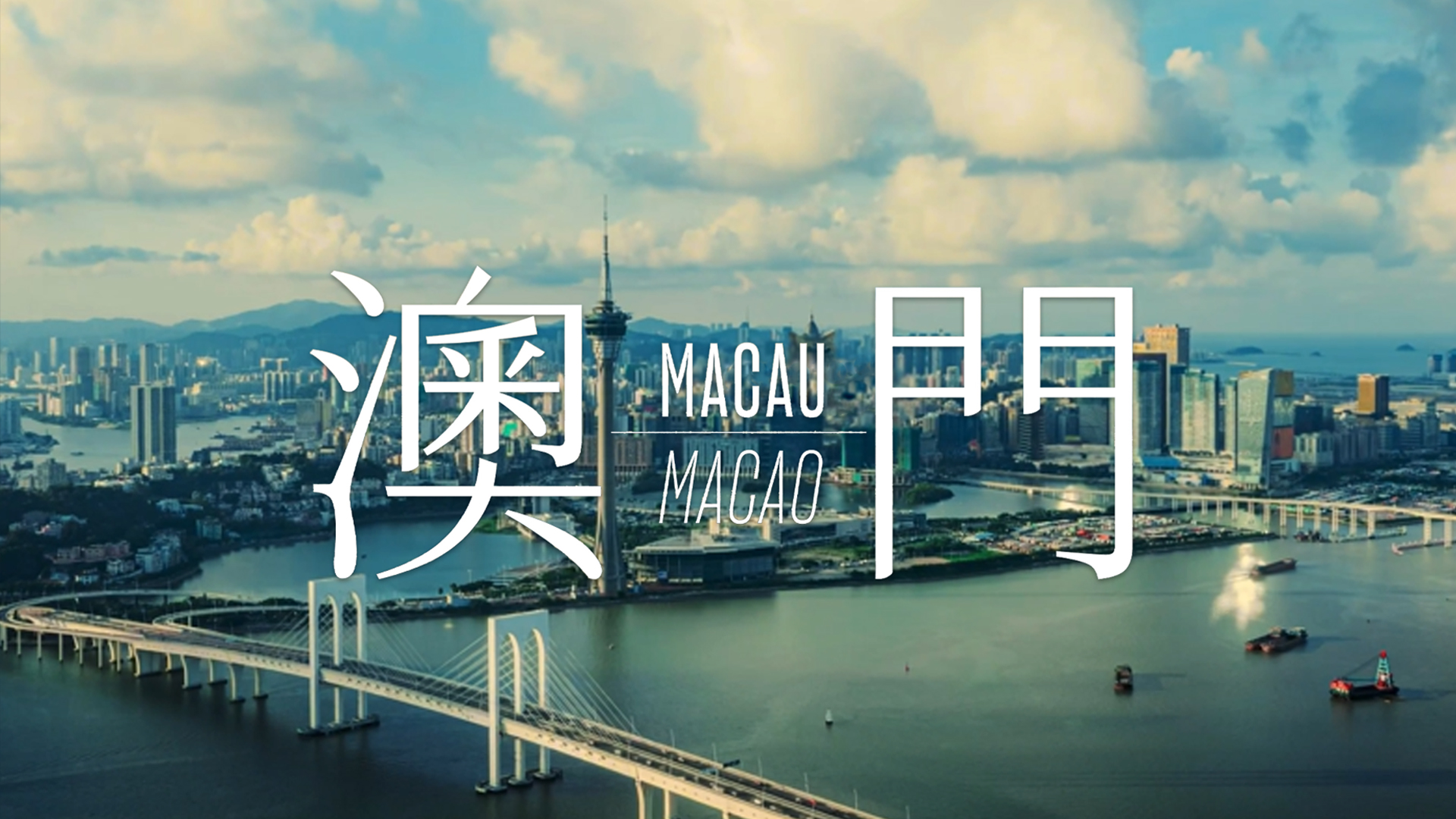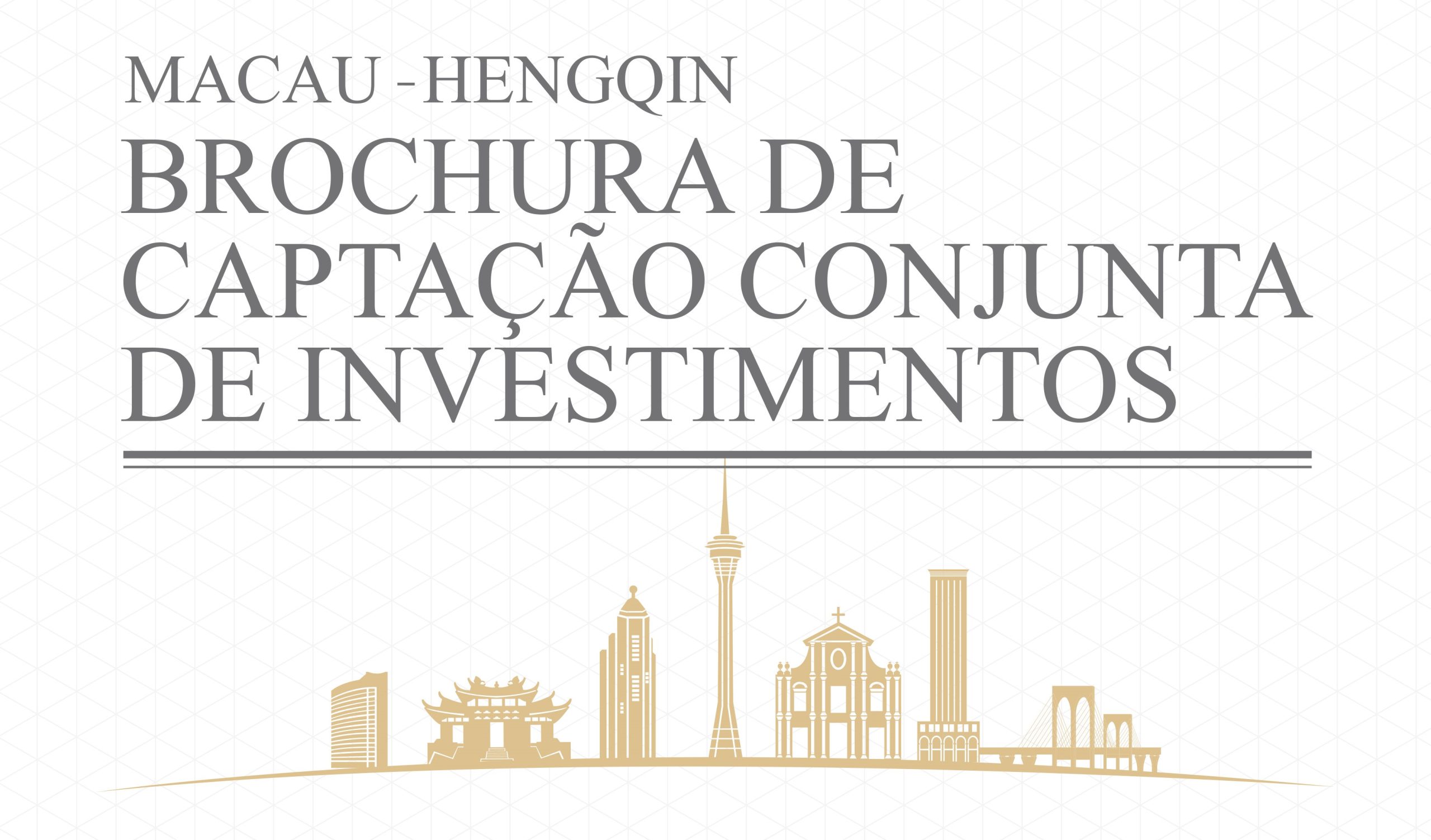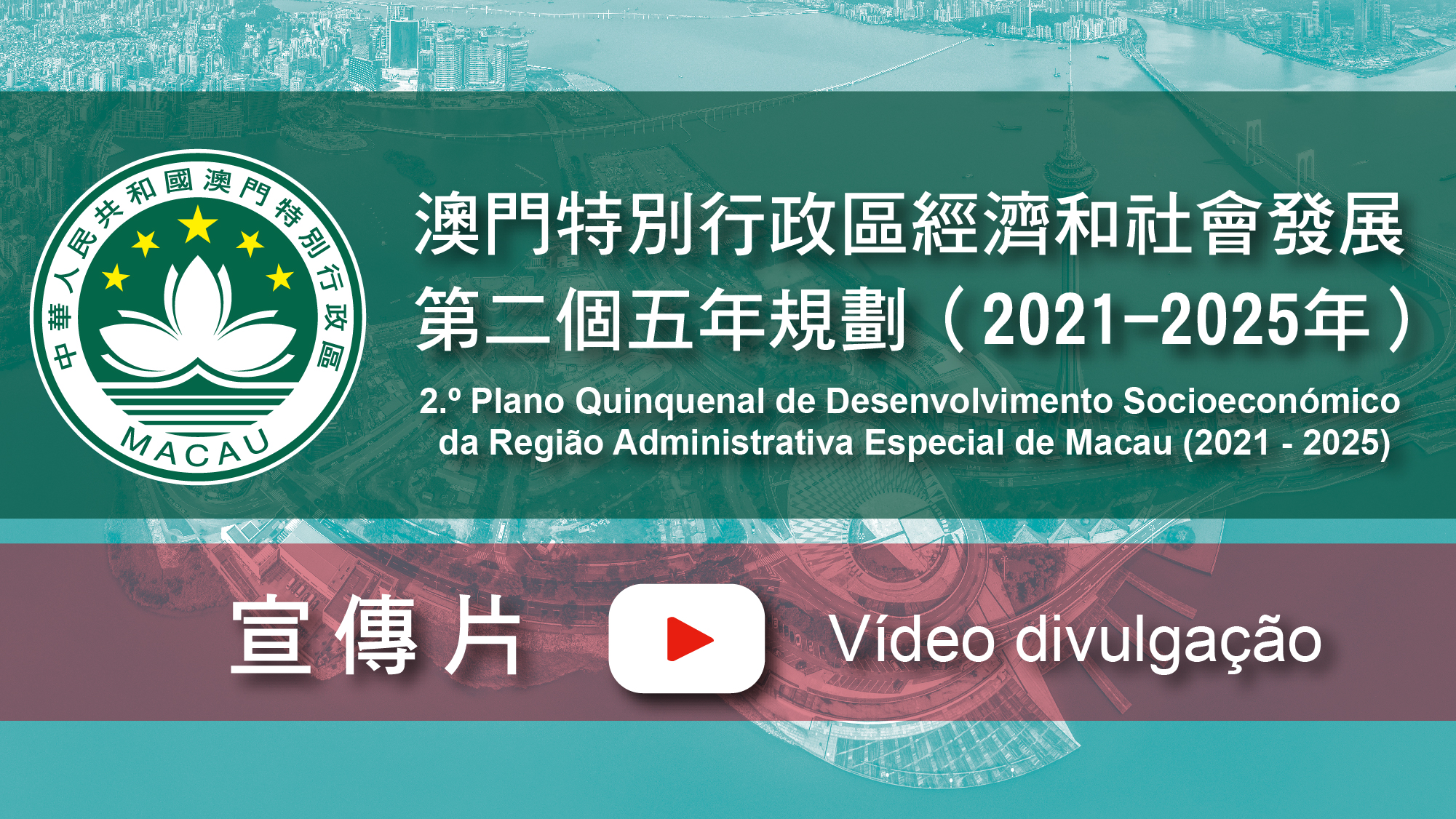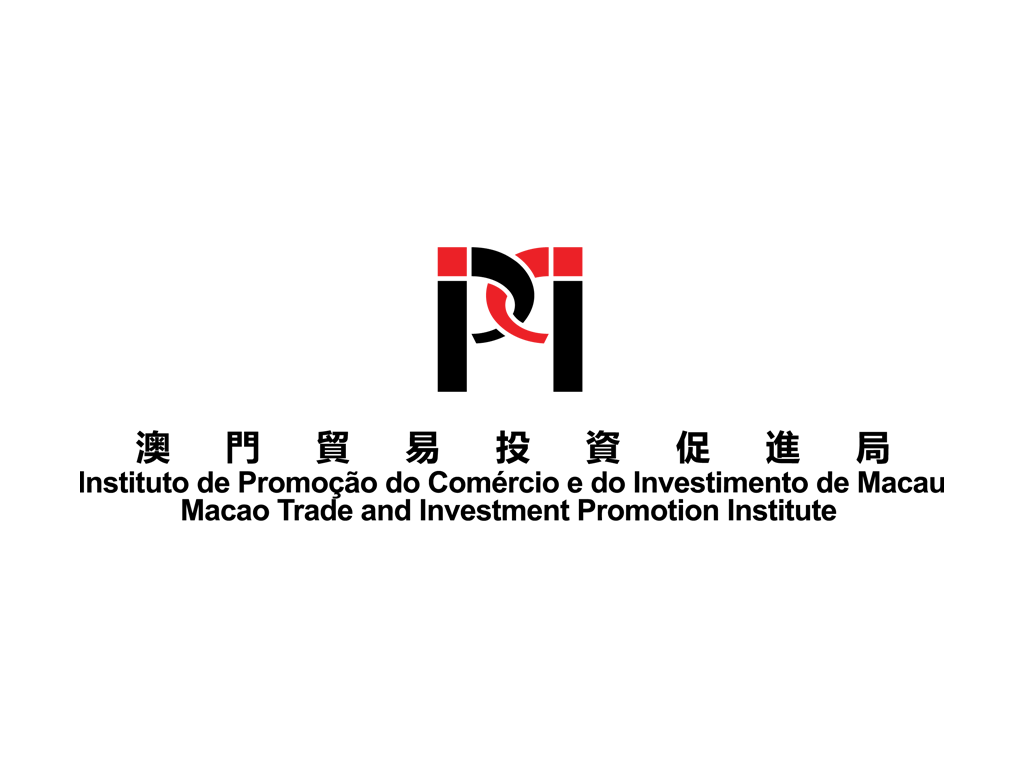Pesquisar
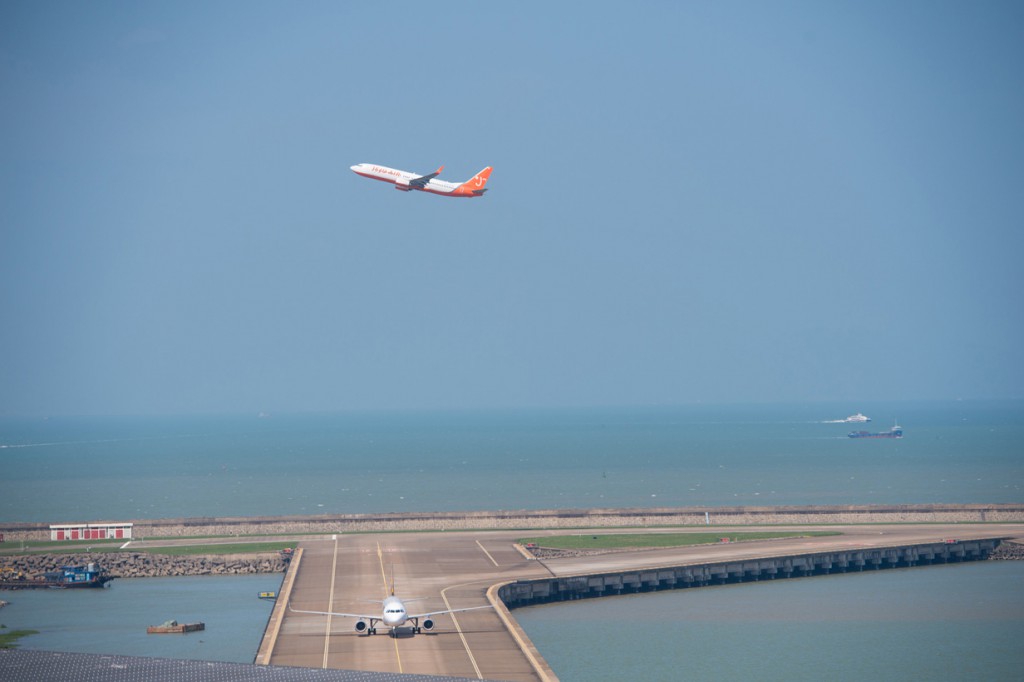
Macau airport takes off with Greater Bay Area region
As Macao positions itself as a World Centre of Tourism and Leisure, the Macao International Airport is taking advantage of national development policies and measures to expand the city’s aviation network. Passenger traffic at the airport continues to break new records too. In accordance with the Outline Development Plan for the Guangdong-Hong Kong-Macao Greater Bay Area launched in February 2019, the Macao airport will continuously improve its services and infrastructure, push ahead with its development master plan and explore business jet services in future.
Airport traffic sets new records
According to statistics from the Macau International Airport Co., Ltd (CAM), passenger airport traffic has increased annually since 2012, with the number of passengers growing nearly 84 percent to 8.261 million in 2018 from 4.491 million in 2012. The number of aircraft movements has also risen since 2011, with the number of movements surging 69.1 percent to 65,800 in 2018 from about 38,900 in 2011.
In the face of this constant growth in traffic, CAM informed Macao Image that a number of extension and optimisation projects have been completed or are underway at the Macao airport. This includes the north extension of the passenger terminal which was completed in 2018. The expansion offers additional floor space of 14,000 square metres to the passenger terminal and increases the number of loading bridges to five, which now allows for an annual passenger capacity of 7.8 million compared to six million before the expansion.
The east apron optimisation project at the airport was also completed in early 2018, boosting the number of aircraft parking slots from 24 to 40.
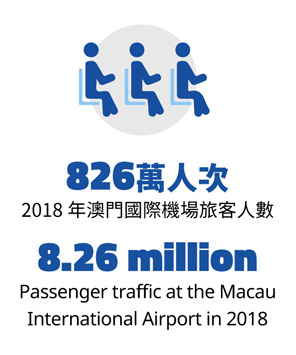
Expansion plans underway
To ensure sustainable development of the airport, CAM said it was planning the extension project of the south passenger terminal building. This will bring an additional floor space of 5,700 square metres to the building, including expanded the waiting area, office area, dining area and VIP guest facilities of the building. Three loading bridges will also be added to the airport, which will boost annual passenger capacity to 10 million.
The airport operator added it would also continue to optimise the south apron by increasing the number of aircraft parking slots at the airport and transforming some existing slots into multi-functional ones to accommodate different aircrafts.
Additionally, in response to the integration of Macao’s aviation network with the rest of the Greater Bay Area region and rising aviation demand, the Civil Aviation Authority of Macau began drafting the Macao International Airport Master Plan as early as in 2010.
The airport authority said earlier this year that the Master Plan has undergone a number of changes based on advice received regarding the airport’s technical aspects and design; passenger demand; the new Hong Kong-Zhuhai-Macao Bridge and regional development. Technical changes to the Master Plan were completed in the end of 2018 and the administration submitted in February the finalised plan to the Central Goverment for approval, according to the airport authority.

The Macao airport handled 8.261 million passengers in 2018
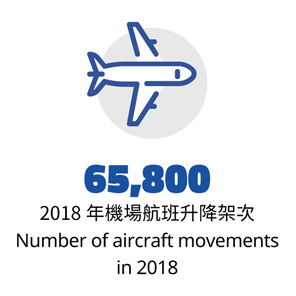
Optimising airspace in the Greater Bay Area
The expansion of the Macao airport plays an important role with regard to integrating regional development. The Outline Development Plan for the Guangdong-Hong Kong-Macao Greater Bay Area, released earlier this year, proposes to develop a world-class airport cluster for the region. This new airport cluster would ensure staggered development and better interaction between airports within the Greater Bay Area, strengthening airspace coordination and air traffic management, optimising airspace, increasing the efficiency of airspace resources as well as air traffic management. The Outline Development Plan also said the Central Government supports the reconstruction and expansion of the Macao airport.
In accordance with the guidance laid down in the Outline Development Plan, CAM said it would actively improve the flow of traffic between the airport and the Hong Kong-Zhuhai-Macao Bridge, ferry terminals, the Light Rapid Transit railway and the land crossings in Macao. The aim is to provide seamless connection between different transportation infrastructures and build an interconnected transportation network for the convenience of travellers.
The company stated it would also make good use of the Hong Kong-Zhuhai-Macao Bridge to strengthen logistics between Guangdong province, Hong Kong and Macao. This would stimulate the development of the Macao logistic industry and the cargo transportation of the Macao airport in the long run, it added.
The airport operator said it would also utilise big data and innovative technology to accelerate the virtual development of the airport and to enhance the efficiency and quality of airport services. The operator will also introduce the Airport Collaborative Decision Making (A-CDM) system to improve the exchange of airspace information and decision-making with other airports.
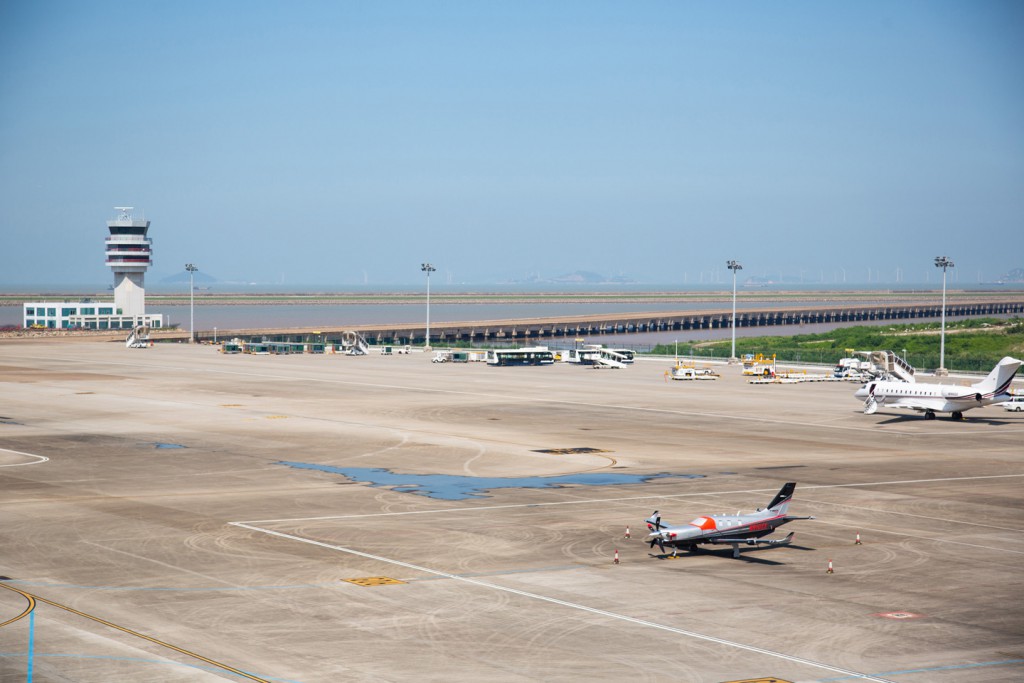
The operator of the Macao airport has been increasing the number of aircraft parking slotsv
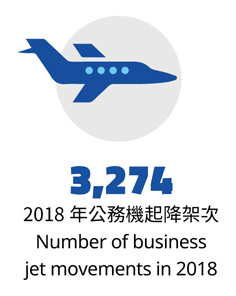
Opportunity to expand business jet services
The Outline Development Plan also notes Beijing would support the development of the airport’s business jet segment. According to CAM, there are currently two hangars for business aircraft, 15 parking slots for business jets and three Macao-based airlines running business jet services at the airport.
With the growth of Macao’s integrated leisure and entertainment in recent years, CAM said many entertainment conglomerates and private companies have their own business jets, which has led to a steady increase in business jet movements over the past three years. The number of movements rose from 2,731 in 2016 to 3,274 in 2018, a 20 percent increase.
The airport operator stressed that it endeavours to work with the tourism industry to explore possible ways for developing business jet tourism in Macao so as to link business jet services to high-end tourism. The airport said it has been following the open market policy established by the Macao SAR Government, which aims to introduce a diverse range of quality service providers to cater for a wide range of quality aviation services.
The Macao airport has recently ended the monopoly of the fixed based operator (FBO) concession and introduced in 2018 a new FBO operator – TAG Aviation (Macau), which, together with the existing operator – Macau Business Aviation Centre – turned the Macao airport into the first in the Greater China region to have multiple FBO operators. CAM said the move would also enable the airport to offer more diversified options for consumers and business jet service operators in the future.
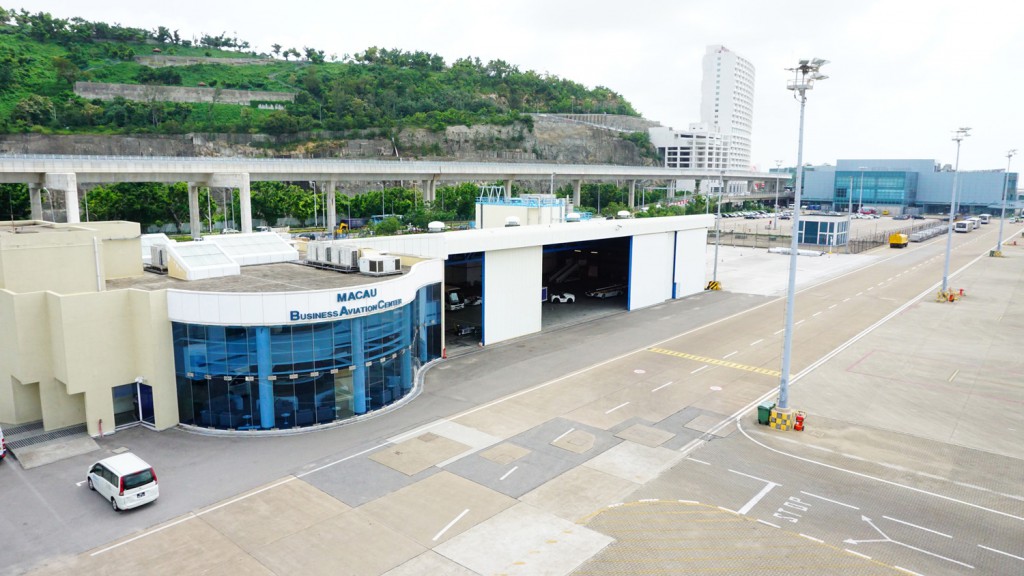
A new fixed based operator was introduced at the airport in 2018



